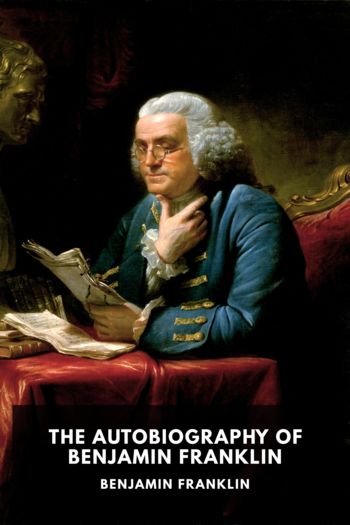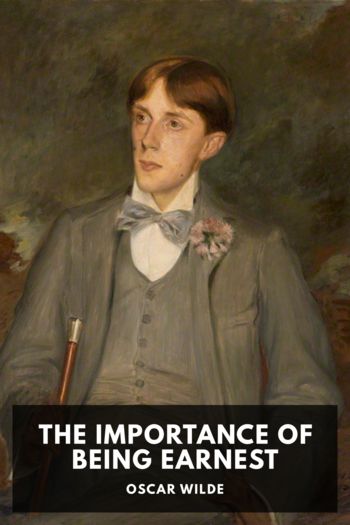Living History, Unknown [books to read in your 20s female TXT] 📗

- Author: Unknown
Book online «Living History, Unknown [books to read in your 20s female TXT] 📗». Author Unknown
I was thankful to be surrounded by familiar faces, caught up in an outpouring of support by a hometown crowd, but there was already a hint of nostalgia in the air, because everyone knew this was Bill’s last run for office. A President can serve only two terms.
The man who lived to campaign had finally reached the finish line in his last race. There was another sobering undercurrent running through the jubilant crowd. When he addressed the luncheon, Senator Pryor reminded us of the independent counsel who had set up shop across town in Little Rock two years earlier and still hadn’t wrapped up his investigation.
“I think the biggest round of applause you could get in Arkansas is to say, ‘Let’s get this election over with and let Ken Starr go home,’” he said. The investigation, he pointed out, had “ruined a lot of lives, broke a lot of people financially… . We feel it’s time for them to let us go on.”
When we learned that Bill had won the election by a solid eight percentage points, I felt it was more than a victory for the President: it was a vindication of the American people. They made sure that this election was about the things that mattered to them―work, home, family, the economy―not about old political grudges and phony scandals. Our message had cut through the toxic atmosphere in Washington to reach the voters. The campaign mantra of 1992―“It’s the economy, stupid”―was still operative, but with a new emphasis on what the rebounding economy could do to improve the lives of all Americans. We recognized that people’s personal concerns could become political if they used their voices and their votes to be heard.
Election days are torture because there’s nothing to do but wait. To divert myself, I joined some of my friends for lunch at Doe’s Eat Place, a steak restaurant that was a spinoff from the legendary Doe’s in Greenville, Mississippi. After lunch, I decided to drive over to my mother’s house in the Hillcrest section of Little Rock, and I cajoled my lead agent, Don Flynn, into sitting beside me. For some reason Don’s knuckles were white as dice by the time we arrived. I haven’t driven since.
Just after midnight, following Dole’s concession speech, Bill and I joined hands and, with the Gores, walked out of the Old State House, Arkansas’s first Capitol building, and the site of Bill’s campaign launch on October, 1991.
I could see the faces of our friends and supporters in the large crowd, and I remembered the very first time I had visited the Old State House, in January of 1977, at a reception we held for everyone who had come to see Bill sworn in as the Arkansas Attorney General. I was grateful to the people of Arkansas, who had given me so much over the years, and I felt the depth of Bill’s emotion: “I thank the people of my beloved native state,” he said. “I would not be anywhere else in the world tonight. In front of this wonderful old Capitol that has seen so much of my own life and our state’s history, I thank you for staying with me for so long, for never giving up, for always knowing that we could do better.”
Bill would have his chance to “build a bridge to the twentyfirst century,” and I would do my best to help him. My on-the-job training during the first term had taught me to use my position more effectively, both behind the scenes and publicly. I had moved from a highly visible role as Bill’s chief health care adviser, testifying before Congress, delivering speeches, traveling around the country and meeting with congressional leaders, to a more private―but equally active―role during the two years following the midterm elections in 1994.
I had begun working inside the White House and with other Administration officials to save vital services and programs targeted by Gingrich and the Republicans. I also spent two years helping the President’s top advisers refine welfare reform and stave off cuts in legal services, the arts, education, Medicare and Medicaid. As part of our continuing effort on health care reform, I lobbied Democrats and Republicans on Capitol Hill to initiate a comprehensive program to make vaccines available at low or no cost for children.
Looking ahead to Bill’s second term, I planned to speak out publicly to help shape White House policy on issues affecting women, children and families. Despite better material conditions among many in advanced economies such as ours, families were under great stress. The gap between rich and poor was growing wider. I wanted to guard the social safety net―health care, education, pensions, wages and jobs―that was in danger of fraying for citizens less able to absorb the changes resulting from the high-tech revolution and a global consumer culture. I had worked with Bill during the 1996 presidential campaign to elevate issues like family leave, student loans, health care for children and the elderly and raising the minimum wage. The public had ratified his leadership in the election, and we could concentrate on efforts to bring positive change to people’s lives. The Republican rallying cry against big government was meant to undermine people’s trust in the efficacy of widely accepted federal programs like Social Security, Medicare and public education. Through an initiative known as “Reinventing Government,” headed by Vice President Gore, the federal government was smaller than it had been since the Kennedy Administration. I knew that any continuing federal role had to be demonstrably effective, putting more police on the streets, for example, or more teachers in the classroom.
That meant listening to Americans.
In 1994, I had promoted the largest survey of working women ever conducted by the U.S. Department of Labor. Called “Working Women Count,” the survey reflected the worries of millions of working women, who comprise nearly half of our nation’s labor force. Regardless of income or background, the women had two dominant concerns: affordable quality child care and





Comments (0)